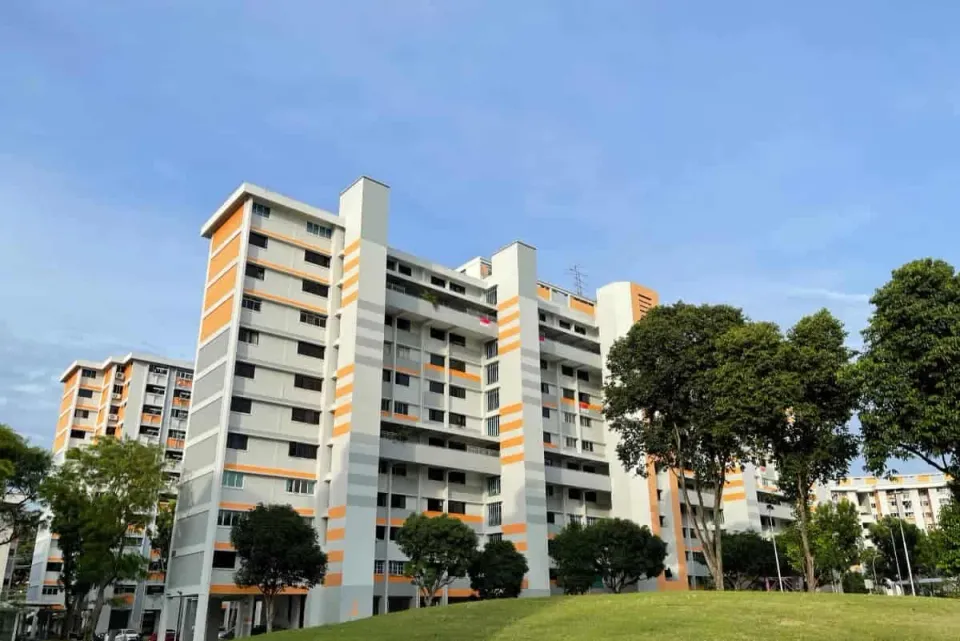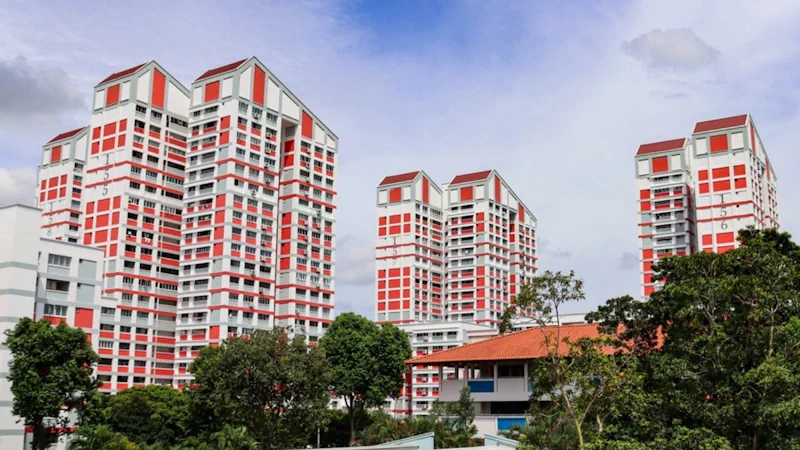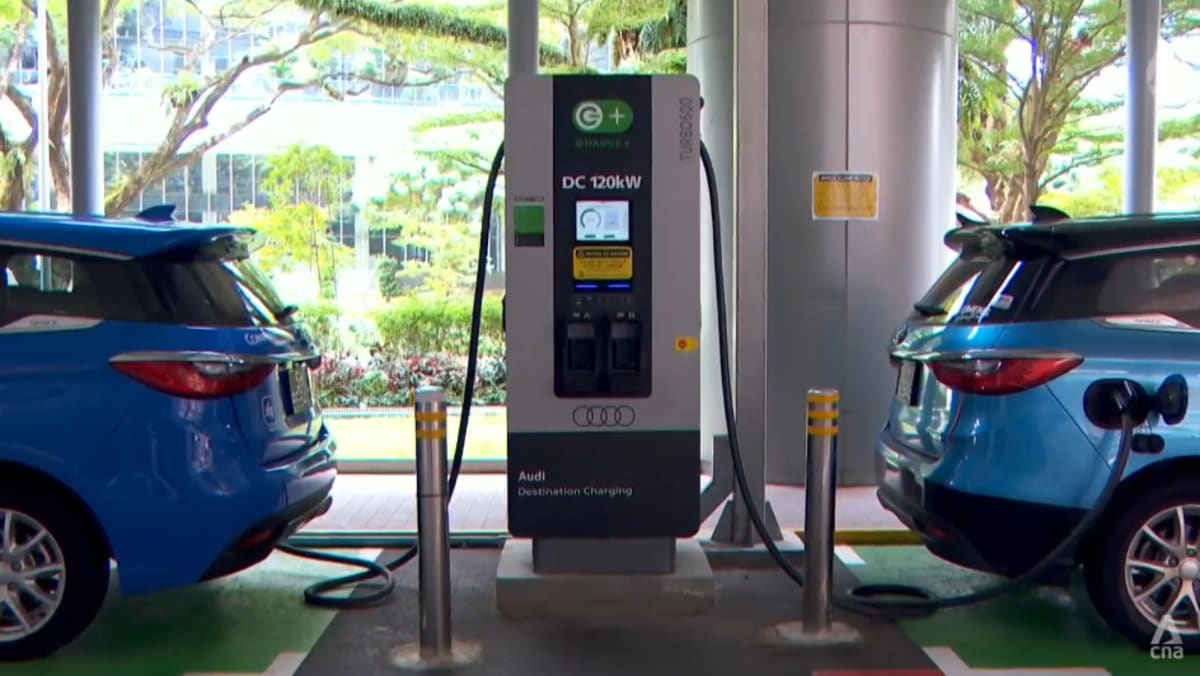Should You Max Out Your HDB Loan to Build Retirement Income Streams?
Retirement planning in Singapore can feel like navigating a financial obstacle course. The expensive property market is often a primary concern: How can you fund a comfortable retirement when a significant portion of your savings might be tied up in your home?
This leads some to consider unconventional strategies, such as leveraging their Housing and Development Board (HDB) loan to generate retirement income.
The idea is tempting: max out your HDB loan, invest the difference, and reap the rewards. However, this approach is not as straightforward as it seems.
While maxing out your HDB loan could potentially generate retirement income, it's a complex decision fraught with significant risks. It requires careful consideration of alternative strategies.

Understanding the HDB Loan and Its Implications
First, let's break down the basics. HDB loans are designed to help Singaporeans afford public housing. The Loan-to-Value (LTV) ratio determines the maximum amount you can borrow.
As of August 2024, the LTV for HDB loans is 75%. This means you need to finance at least 25% of the property value through cash and/or CPF. Interest rates are relatively stable. The HDB loan interest rate is fixed at 2.6% per annum—pegged at 0.1% above the CPF OA rate.
HDB loans are primarily for affordable housing. It is crucial to understand that taking a large loan involves a substantial financial commitment.
Monthly repayments can be a significant burden, especially during retirement when your income might be fixed or reduced.
The "Max Out and Invest" Strategy
The "max out and invest" strategy involves taking the largest HDB loan possible and using the funds you didn't spend on the property to invest in other assets.
The goal is to generate returns that exceed the HDB loan interest rate, effectively creating a profit.
Here are the potential benefits:
- Potential for Higher Returns: Investing in stocks, bonds, or REITs (Real Estate Investment Trusts) could yield higher returns than the 2.6% HDB loan interest rate.
- Building a Diversified Investment Portfolio: Instead of pouring all your funds into your HDB flat, you diversify and spread the risk across different asset classes.
- Creating a Passive Income Stream: Investments like dividend-paying stocks or rental properties (if you invest outside of your HDB flat, due to HDB regulations) can generate a passive income stream for retirement.
For example, let’s say you purchase an HDB flat for SGD 500,000. Instead of taking a smaller loan, you max out the HDB loan at 75%, borrowing SGD 375,000. This leaves you with SGD 125,000 that you could invest.
If you achieve an average annual return of 5% on your investments, you would generate SGD 6,250 per year, which could supplement your retirement income.
Disclaimer: This is a hypothetical example. Investment returns are not guaranteed, and market volatility can lead to losses.
Risks and Challenges of This Strategy
While the "max out and invest" strategy sounds appealing, it's essential to acknowledge the inherent risks:
Financial Risks
- Investment Risks: The value of investments can fluctuate significantly. Market downturns can lead to substantial losses, potentially leaving you unable to repay the HDB loan.
- Risk of Not Achieving Sufficient Returns: There's no guarantee that your investments will consistently outperform the HDB loan interest rate. If your investments underperform, you'll be stuck with loan repayments and dwindling investment funds.
- Risk of Overleveraging: Taking on a large loan increases your financial leverage. If you encounter unexpected expenses or lose your job, you might struggle to meet your loan obligations.
Property Market Risks
- Changes in Property Prices: The value of your HDB flat can fluctuate. If property prices decline, you might have difficulty selling the flat for a sufficient price to repay the loan.
- Difficulties in Selling: Selling an HDB flat can take time, and there's no guarantee you'll find a buyer when you need one.
Opportunity Cost
- Limited Investment Opportunities: Tying up a significant portion of your funds in the HDB flat limits your ability to invest in other potentially lucrative opportunities.
- Liquidity: Your HDB flat is not a liquid asset. Accessing the equity in your home can be difficult and time-consuming.
Complexity and Management
- Financial Knowledge Required: Managing investments effectively requires financial knowledge and expertise.
- Active Management: Investments require ongoing monitoring and adjustments.
- Rental Income and Property Maintenance: If you consider renting out a room (subject to HDB regulations), you'll need to manage tenants and property maintenance, which can be time-consuming and stressful.
HDB Regulations
- Minimum Occupation Period (MOP): You must live in your HDB flat for a minimum of five years before you can rent out the entire flat or sell it. This restricts your ability to generate rental income or liquidate the asset quickly.
- CPF Funds: Rules govern using CPF funds for investments. It's crucial to understand these regulations to avoid penalties.
Alternative Retirement Income Strategies
Fortunately, there are other ways to build a comfortable retirement nest egg:
- Investing in Stocks, Bonds, and Other Financial Instruments: A diversified portfolio of stocks and bonds can provide long-term growth and income.
- Contributing to CPF LIFE: CPF LIFE provides a guaranteed monthly income stream for life.
- Downsizing to a Smaller Property: Selling your HDB flat and moving to a smaller property can free up a significant amount of capital for retirement.
- Generating Income Through Part-Time Work or Side Hustles: Working part-time or pursuing a side hustle can supplement your retirement income and keep you active and engaged.
Here's a comparison of the "max out and invest" strategy versus alternative approaches:
| Strategy | Pros | Cons |
|---|---|---|
| Max Out and Invest | Potential for higher returns, diversified portfolio, passive income stream. | High financial risk, property market risk, opportunity cost, complexity, HDB regulations. |
| Stocks & Bonds | Potential for long-term growth, relatively liquid, professionally managed options available. | Market volatility, requires financial knowledge, potential for losses. |
| CPF LIFE | Guaranteed income stream, low risk, peace of mind. | Lower potential returns compared to other investments, limited flexibility. |
| Downsizing | Frees up capital, reduces maintenance costs, potentially simpler lifestyle. | Emotional attachment to the property, transaction costs, potential disruption. |
| Part-Time Work/Side Hustles | Supplements income, keeps you active, provides social engagement. | Requires time and effort, income may not be consistent. |
Factors to Consider Before Making a Decision
Before deciding whether to max out your HDB loan, carefully consider these factors:
- Risk Tolerance: Are you comfortable with the possibility of losing money on your investments?
- Financial Situation: What is your current income, expenses, and existing assets? Do you have sufficient emergency savings?
- Retirement Goals: What kind of lifestyle do you want in retirement? How much money will you need to support that lifestyle?
- Time Horizon: How many years until you retire? A longer time horizon allows for more aggressive investment strategies, but also more time for potential losses.
- Financial Literacy: Do you understand investment principles and market dynamics? Are you comfortable managing your own investments, or would you prefer to work with a financial advisor?
Professional Advice
Seeking advice from a qualified financial advisor is crucial. A financial advisor can assess your individual circumstances, help you develop a personalized retirement plan, and guide you through the complexities of investment management.
Here are some resources for finding reputable financial advisors in Singapore:
- Financial Planning Association of Singapore (FPAS): FPAS provides a directory of certified financial planners.
- The Association of Financial Advisers (Singapore) (AFA): AFA offers resources and information about financial advisors in Singapore.
Conclusion
The decision of whether to max out your HDB loan to build retirement income streams is a complex one with no easy answer.
While the potential for higher returns and passive income is enticing, it's essential to carefully weigh the risks and challenges involved.
Consider alternative retirement income strategies, assess your risk tolerance and financial situation, and seek professional guidance from a qualified financial advisor.
Plan your retirement carefully and make informed decisions about your HDB loan and investment strategy.
FAQs
- Is it always a bad idea to max out my HDB loan? Not necessarily. If you have a high-risk tolerance, a solid financial plan, and a long time horizon, it could be a viable strategy. However, it's not suitable for everyone.
- What are the alternatives to using my HDB loan for retirement income? Consider investing in stocks, bonds, CPF LIFE, downsizing, or generating income through part-time work.
- How can I find a good financial advisor in Singapore? Look for certified financial planners through FPAS or AFA.
- What is the current HDB loan interest rate? The HDB loan interest rate is fixed at 2.6% per annum.
- What is the Loan-to-Value (LTV) ratio for HDB loans? As of August 2024, the LTV for HDB loans is 75%.
Let us know what you think about this topic, and what do you want to hear next.
You can now be our community contributor and make a pitch to have your favourite personality be on our show.
Join our community group and drop us your insights on this topic.

-3.png?width=50&name=Square%20(2)-3.png)










Let us know what you think of this post